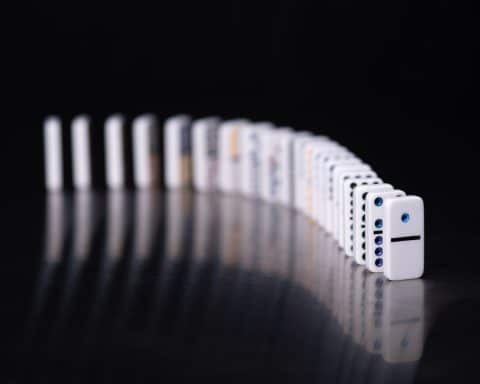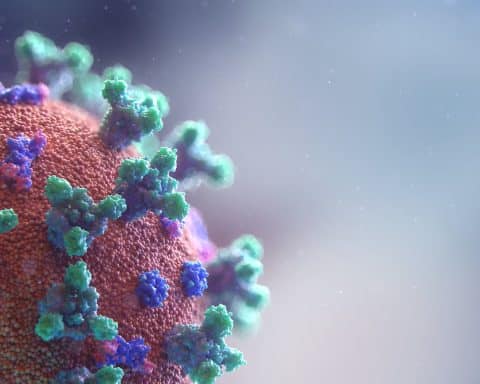 Richard Pratt is supporting creative new approaches to healthcare delivery as innovator, GP and health tech advocate. On Twitter @rich_pratt
Richard Pratt is supporting creative new approaches to healthcare delivery as innovator, GP and health tech advocate. On Twitter @rich_pratt
[wp_time_to_read]
As a child I was driven around by my GP parents in a Citroen 2CV, with a CND (Campaign for Nuclear Disarmament) bumper sticker, so it is little surprise I find myself now a GP questioning the war metaphor for COVID-19 and its relevance. What does it mean to be at war with a virus? Does it wish us harm? Does it have a plan? What does winning look like for either side? Can the war be won? How do we separate ourselves from the enemy when the enemy becomes part of us?
As our metaphors both reflect and shape our experience, we would do well to choose them wisely.
Describing Covid as an enemy, even in an attempt to unite us, calls on a metaphor which is flawed and damaging, both morally and practically. It legitimises violence as an approach and consequence. The language of war — frontline, fight, battle, win and lose — has become familiar in public discourse about managing the pandemic.(3) One can see how this has happened as Covid poses a national and global threat; orders must be obeyed; those in charge have to make decisions which will affect the life, and death, of thousands. Nurses and doctors become the foot soldiers, wearing their PPE-like battle armour, and with ventilators and oxygen their weapons in the battle against the deadly enemy.
But war involves violence in attempt to resolve conflict. There has already been violent fall out from Covid. There have been instances of suicide of health professionals — the most profound form of violence against oneself. The meteoric rise in inquiries to domestic violence support lines is evidence of household conflict with its often violent repercussions. In war we need to identify our enemies. It is tempting to apportion blame for the pandemic and its consequences to other nations, to our leaders and policy makers, and, closer to home, to other groups or individuals not heeding physical distancing rules. In doing so, we are identifying other ‘enemies’, fuelled perhaps by this language of war.
From war to storm
For a metaphor to resonate it must be familiar and, ideally, founded in personal experience. In finding an alternative metaphor for Covid, I propose we consider one type of natural disaster, a powerful storm.
The sense of being drawn together is strong in natural disasters.
The sense of being drawn together is strong in natural disasters. We do not need to unite against a sentient malevolent enemy to find shared purpose. Our experience of Covid will be much more nuanced than simply a tale of binary winning or losing, life or death, ongoing or ended. We can uncouple ourselves from the metaphor of war and all its associations. By removing the anger misdirected against an enemy, we can focus more accurately and meaningfully on compassionate, effective efforts to diminish the harm suffered and life lost, at home & abroad.
References
(1) Hodgkin P. (1985) Medicine is war: and other medical metaphors War Br Med J (Clin Res Ed) 1985;291:1820 https://www.ncbi.nlm.nih.gov/pmc/articles/PMC1419170
(2) Jing-Bao Nie et a.l (2016) Healing Without Waging War: Beyond Military Metaphors in Medicine and HIV Cure Research. Am J Bioeth. 2016 Oct; 16(10): 3–11. https://www.ncbi.nlm.nih.gov/pmc/articles/PMC5064845
(3) Badrinath Padmanabhan (2020) Budgeting for covid-19: changing the narrative and narrating the change BMJ 2020; 368 doi: https://doi.org/10.1136/bmj.m1053








[…] together, all these findings suggest that metaphors can be a great communication tool if they are chosen wisely . What are your favourite metaphors and what makes them so […]